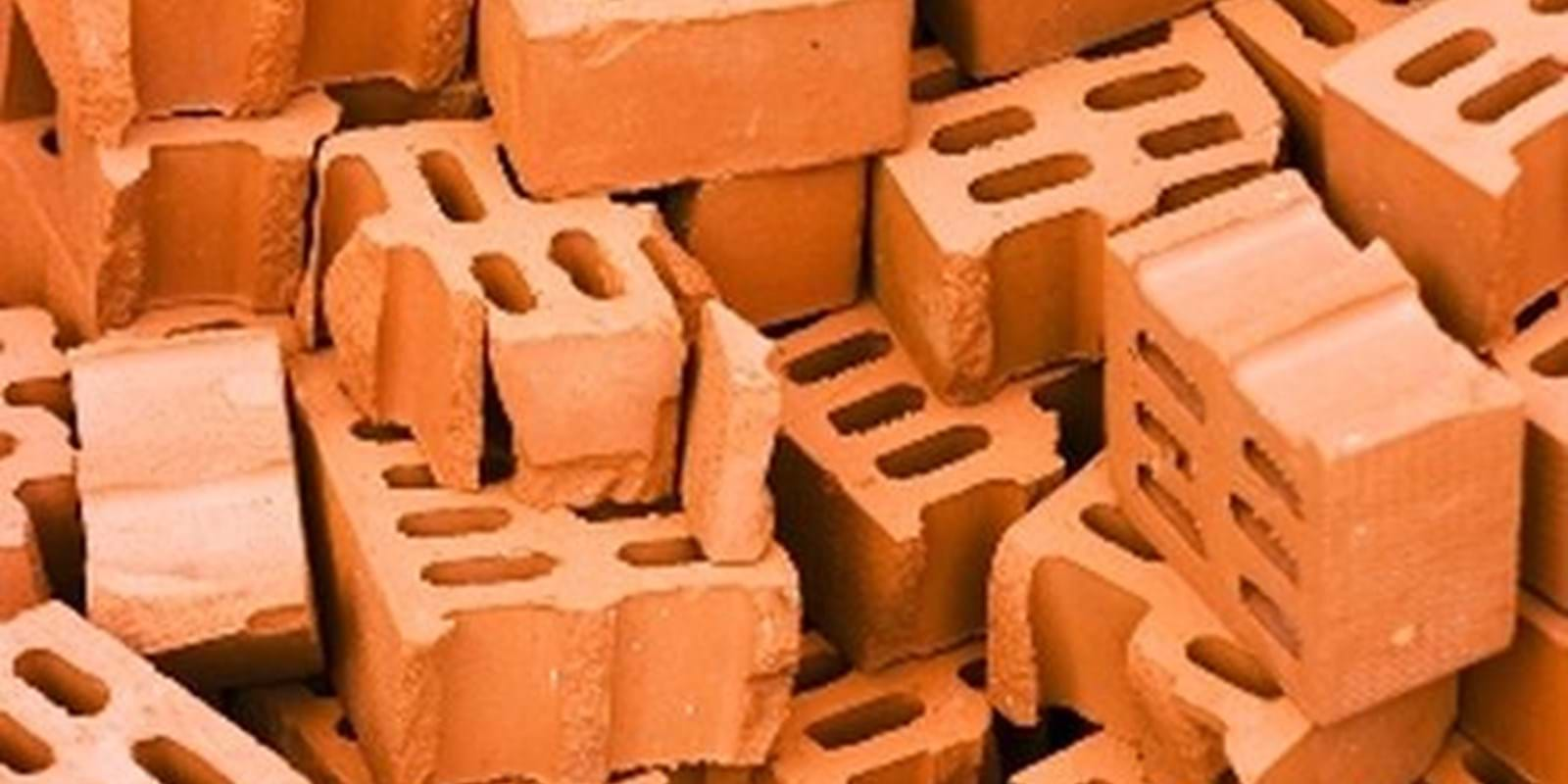WHERE DO WE FIND THE HIGHEST LEVELS OF RADON IN QUEBEC?
Radon concentrations vary widely across Quebec but they are generally highest in regions where there is a higher amount of uranium in underlying rock and soil. Radon can be found in almost all homes, but the level of concentration can vary greatly from one house to the next even though they may look the same and are located side by side. Houses which exceed the guidelines can be found in every region of Quebec. The only way to protect the occupants is to TEST the concentration of radon and REDUCE the levels if they are high.
HOW TO REDUCE RADON LEVELS IN EXISTING HOUSES?
Complexity, long-term effectiveness and implementation costs of methods to reduce radon levels vary from one house to another. The effectiveness of the method used will depend on the characteristics of the house, the level of radon, the infiltration routes of radon, and the quality of the work that is done. One method may be enough to solve the problem, but sometimes a combination of methods is required to obtain the results desired, especially if the levels are quite high.
If the level of radon in your home is found to be above 200 Bq/m³, the following methods may be used:
-Ventilate the basement sub-flooring by installing a small pump to draw the radon from below the concrete slab to the outside before it can enter the house. The most common and effective radon reduction method is Active Soil Depressurisation; this method is typically performed by a contractor.
Seal all cracks and openings in foundation walls and floors, and around pipes and drains.
Increase the mechanical ventilation, via a heat recovery ventilator (HRV), to allow an exchange of air.
Paint basement floors and foundation walls with two coats of paint and a sealant.
Renovate existing basement floors; particularly earth floors.
Since no level of radon is safe for your health, the guidelines specify that the higher the radon concentration, the sooner remedial measures should be undertaken to reduce the radon concentration to a value as low as practicable.
| Concentration of radon (Bq/m3) | Delay before taking corrective measures |
| > 600 | Less than one year |
| 200-600 | Less than 2 years |
| > 200 | No action necessary |
HOW TO REDUCE RADON LEVELS IN NEW BUILDINGS?
Since it is impossible to predict whether a house will have high levels of radon, preventive measures should be taken as soon as the building plans are drawn up. For the most part, preventive measures are inexpensive and could also provide other benefits, like reducing humidity, but are difficult to implement once the house is built. The measures which can be taken involve minimizing potential entry points for radon infiltration (putting a membrane underneath concrete slabs), reducing the forces which draw radon into the home (reducing pressure differences) and provide the rough-in or passive installation for future active soil depressurisation system. Some municipalities like Oka, St-Joseph-du-Lac, St-André d’Argenteuil and Mont-St-Hilaire have a municipal Regulation to prevent radon infiltration in new buildings.
The 2010 version of the National Building Code includes clearer guidelines on preventive measures which must be taken to prevent radon infiltration and they now apply to all new homes regardless of where they are being built in Quebec.
For more information consult the following website:
http://www.nrc-cnrc.gc.ca/eng/news/nrc/2010/12/01/radon-homes.html
For more information about taking corrective and preventative measures, the following brochure entitled "Radon: A Guide for Canadian Homeowners" can be downloaded from the Canada Mortgage and Housing Corporation:
https://www03.cmhc-schl.gc.ca/catalog/productDetail.cfm?cat=16&itm=36&lang=en&fr=1294761493661
WHERE CAN I FIND A SUPPLIER FOR DEVICES THAT MEASURE AND REDUCE RADON LEVELS?
Health Canada recommends consulting businesses which are certified by the National Environmental Health Association - National Radon Proficiency Program (http://www.neha-nrpp.org) or the National Radon Safety Board (http://www.nrsb.org/) to take measurements or to perform any corrective work. Visit their Websites to get a list of certified professionals. If radon reduction is required, it should be performed by an experienced contractor.
It is also possible to purchase a home radon measuring kit in some hardware and big box stores
OTHER SOURCES OF INFORMATION
Ministère de la Santé et des Services Sociaux du Québec
http://msss.gouv.qc.ca/sujets/santepub/environnement/index.php?radon
Association pulmonaire du Québec
http://www.pq.poumon.ca/environment-environnement/radon/
Greater Montréal Real Estate Board (real estate transactions)
http://www.gmreb.tv/en/videos/voir/251/
QUESTIONS ABOUT RADON? Contact Health Canada at:
1-800-561-3350 / radon.quebec@hc-sc.gc.ca

